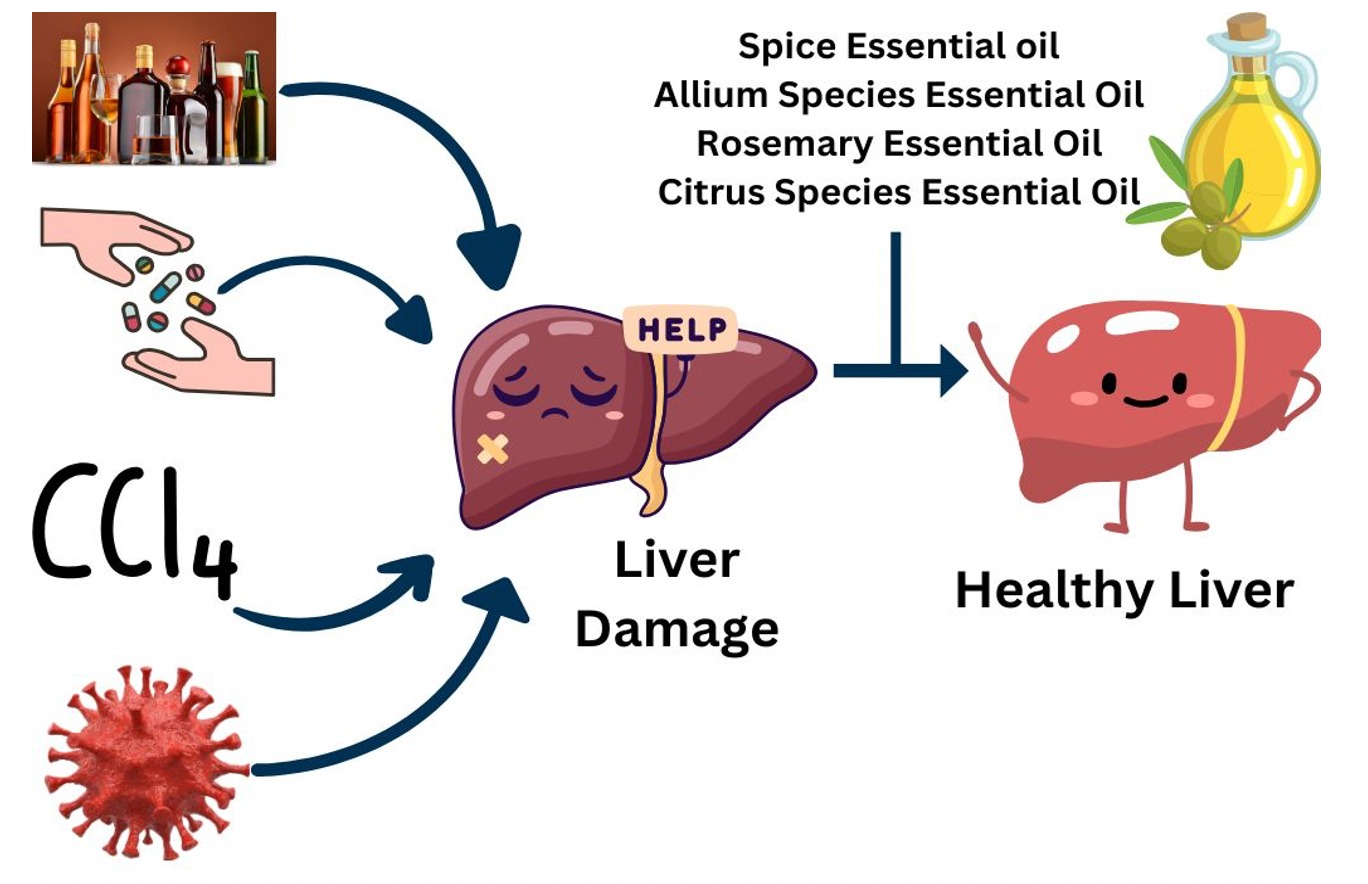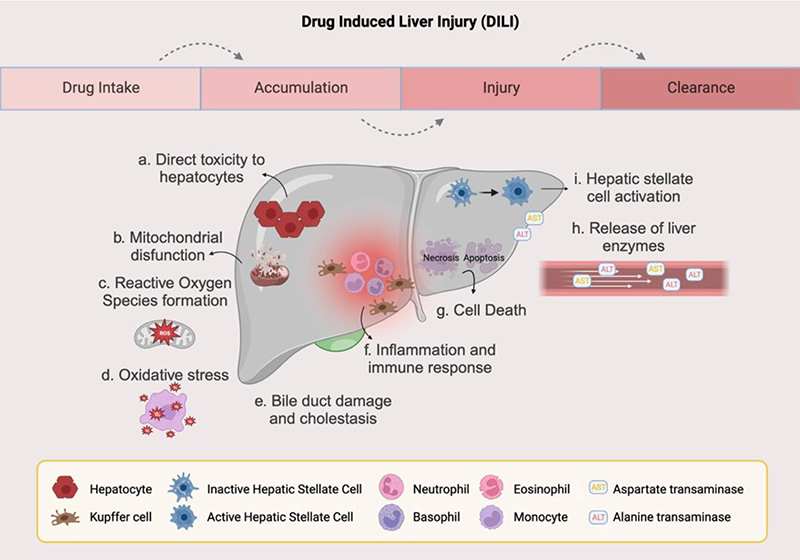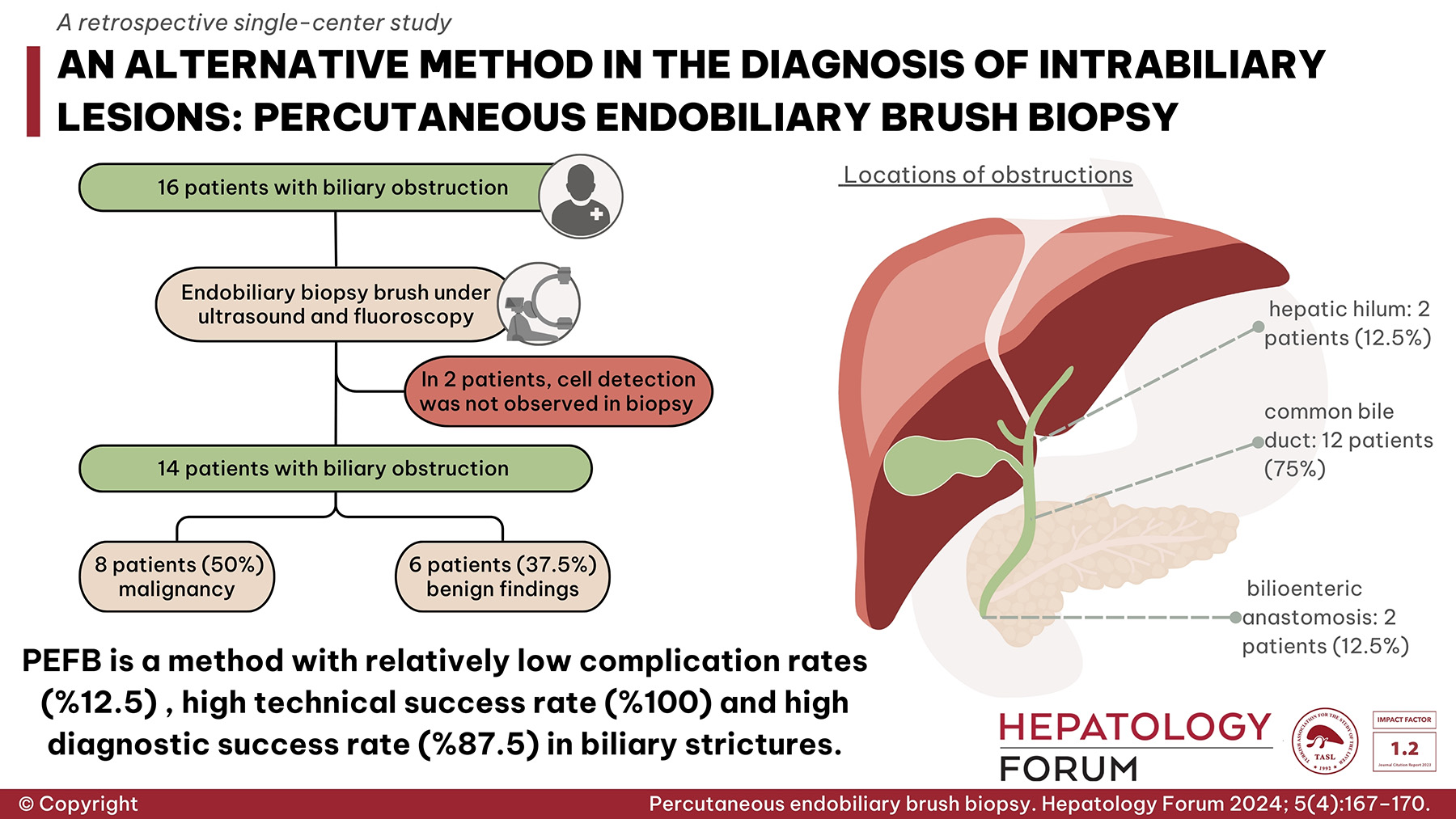2Experimental Laboratory of Pulmonology and Inflammation Sciences - Experimental Research Center, Hospital de Clínicas de Porto Alegre (HCPA), Porto Alegre-RS, Brazil
3Cellular and Molecular Biology Program, Lutheran University of Brazil (ULBRA), Canoas-RS, Brazil
4Department of Physiology, Faculty of Biological Sciences, Federal University of Rio Grande do Sul (UFRGS), Porto Alegre, Rio Grande do Sul, Brazil; Cellular and Molecular Biology Program, Lutheran University of Brazil (ULBRA), Canoas-RS, Brazil
Abstract
Background and Aim: Cirrhosis is characterized by structural and functional alterations of the liver. Melatonin (MLT) has antioxidant properties. Physical exercise (EX) can reverse muscle loss in cirrhotic patients. The objective was to evaluate the action of MLT and EX on the liver of rats subjected to the experimental model of bile duct ligation (BLD).
Material and Methods: 48 male Wistar rats were used, divided into groups: Control (CO), CO+MLT, CO+EX, CO+MLT+EX, BDL, BDL+MLT, BDL+EX, and BDL+MLT+EX. The treatments occurred from the 15th to the 28th day. The dose of MLT was 20 mg/kg via I.p (1x/day), and the EX was performed 10 min/day. Blood and liver were collected for analysis.
Results: The liver integrity enzymes AST, ALT, and ALP showed a significant reduction in the groups treated with MLT and EX. Histological analyses showed reorganization of the liver parenchyma, reduction of inflammatory infiltrate, and fibrotic nodules. Lipoperoxidation (LPO), the activity of antioxidant enzymes, and nitric oxide metabolites showed a significant reduction in the groups treated with MLT and EX. The expression of TNF-α and NF-kB decreased in the treated groups.
Conclusion: Melatonin and physical exercise seem to be effective in restoring the parameters evaluated in this model of experimental cirrhosis.





 Gabriela S Martins1
Gabriela S Martins1 









